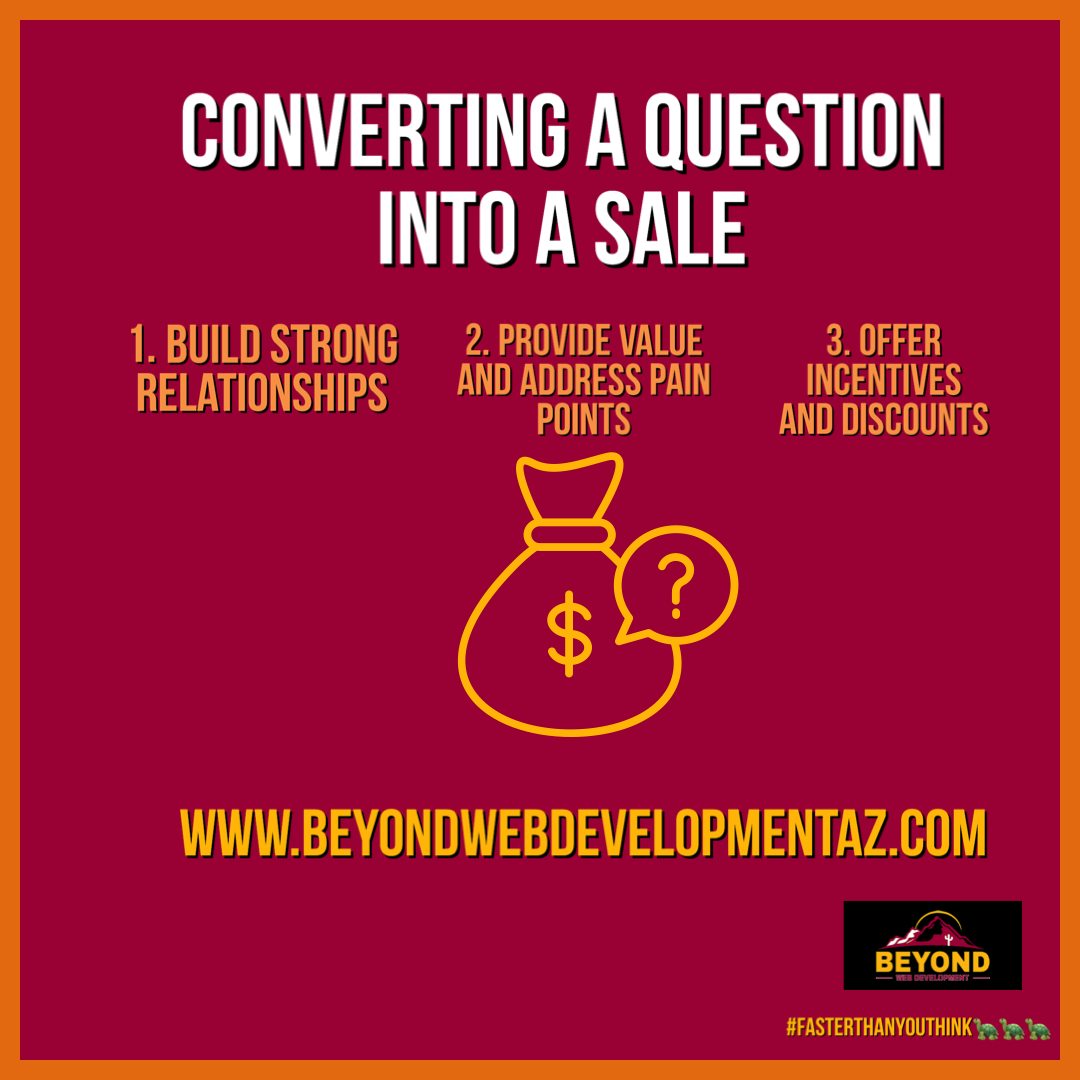- Introduction
- Building Relationships: The Foundation of Conversion
- Addressing Pain Points: Providing Solutions
- Offering Incentives: A Win-Win Approach
- Personalized Communication: Tailoring Your Approach
- Utilizing Social Proof: Building Credibility
- Providing Clear Calls-to-Action: Guiding the Journey
- Following Up: Persistence Pays Off
- Conclustion
Introduction
In the competitive landscape of a new business, converting leads into loyal customers is the key to sustainable growth. It’s not just about acquiring leads; it’s about nurturing relationships and guiding potential customers through the conversion journey. In this blog post, we’ll explore effective strategies for converting leads that go beyond mere transactions, focusing on building lasting connections.
Building Relationships: The Foundation of Conversion
Building a strong foundation begins with relationship-building. Engage with your leads on a personal level, understand their needs, and communicate the unique value your business provides. Establishing a connection fosters trust and increases the likelihood of a lead choosing your business over competitors.
Addressing Pain Points: Providing Solutions
Successful lead conversion involves addressing the pain points and challenges your potential customers are facing. Tailor your communication to highlight how your product or service can alleviate their pain and make their lives easier. Show that you understand their needs, and position your business as the solution they’ve been searching for.
Offering Incentives: A Win-Win Approach
Entice your leads with incentives that add value to their decision-making process. Whether it’s a limited-time discount, a special offer, or exclusive access to premium content, incentives can tip the scales in your favor. Create a sense of urgency to prompt quicker decisions and conversions.
Personalized Communication: Tailoring Your Approach
Generic, one-size-fits-all communication won’t cut it in lead conversion. Personalize your messages based on the lead’s preferences, behaviors, and interactions with your brand. Leverage data and analytics to send targeted, relevant content that resonates with each individual lead.
Utilizing Social Proof: Building Credibility
Potential customers are more likely to convert when they see positive experiences from others. Incorporate customer testimonials, case studies, and reviews into your marketing materials. Highlight success stories that demonstrate how your product or service has made a difference for others, building credibility and trust.
Providing Clear Calls-to-Action: Guiding the Journey
Make the conversion process seamless by incorporating clear calls-to-action (CTAs) in your communication and on your website. Whether it’s directing leads to make a purchase, sign up for a trial, or request more information, guide them through the journey with intuitive CTAs that eliminate friction.
Following Up: Persistence Pays Off
Not all leads convert on the first interaction. Implement a follow-up strategy to stay on their radar. Regular, well-timed follow-ups through emails, social media, or other channels keep your business top of mind, increasing the chances of conversion when the lead is ready to make a decision.
Conclustion
Converting leads for a new business is a nuanced process that requires a blend of empathy, strategic communication, and value proposition. By focusing on building relationships, addressing pain points, offering incentives, personalizing communication, leveraging social proof, providing clear calls-to-action, and persistently following up, your business can establish a robust lead conversion strategy. Elevate your customer relationships, boost your conversion rates, and set the stage for long-term success in the competitive business landscape.


